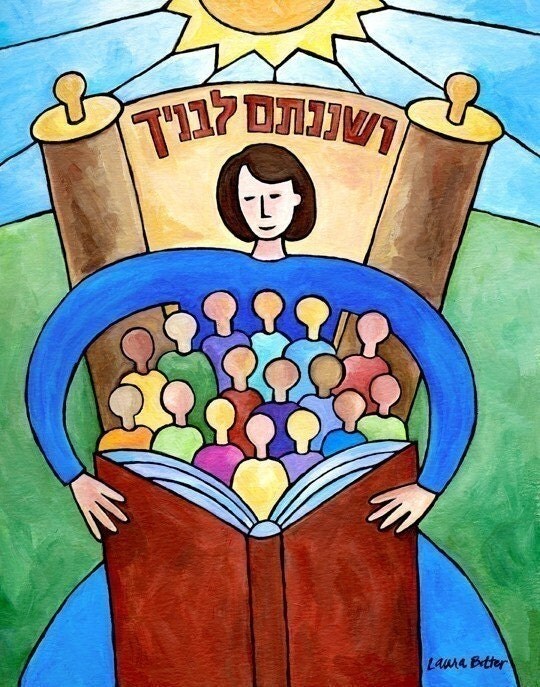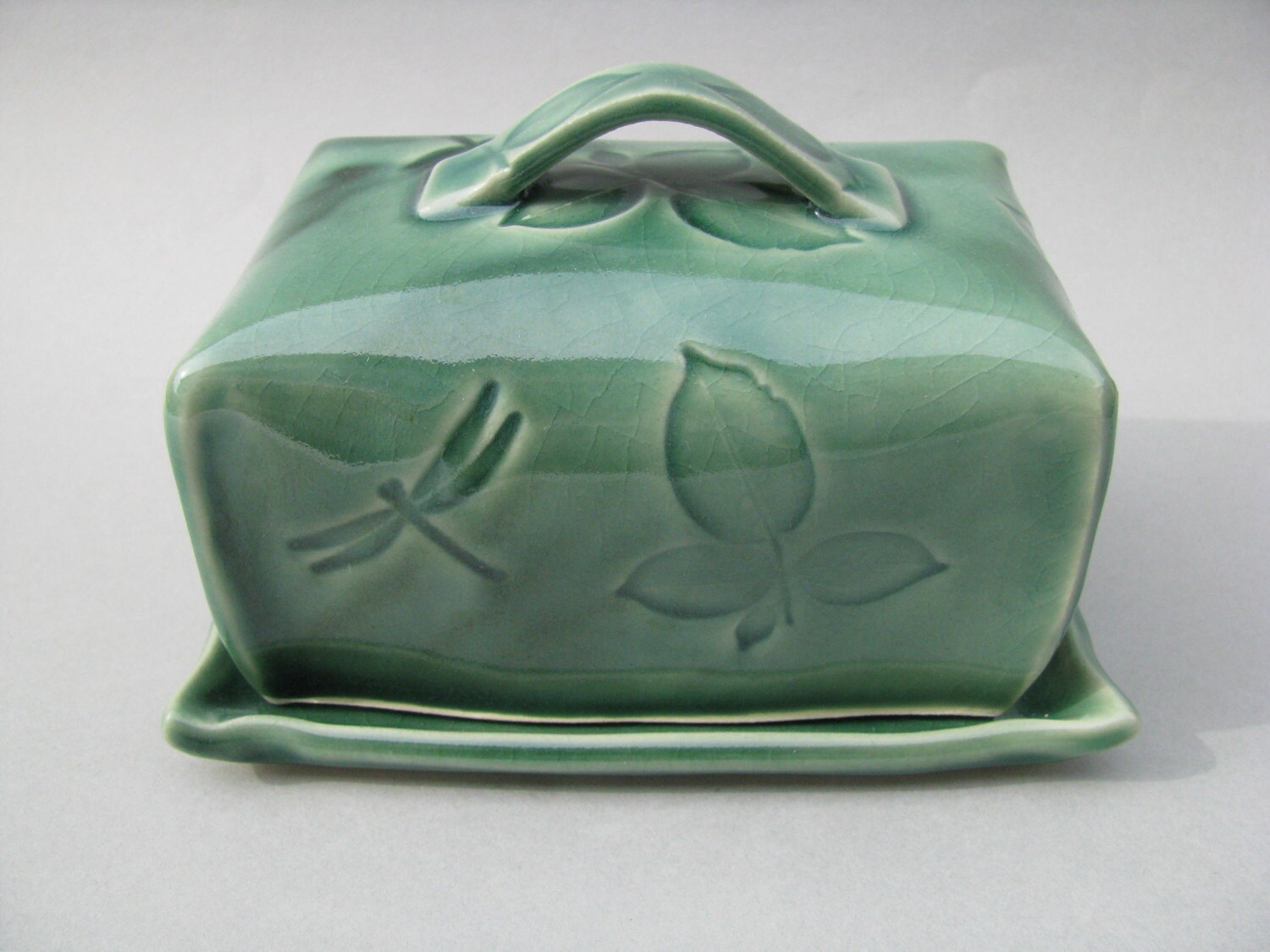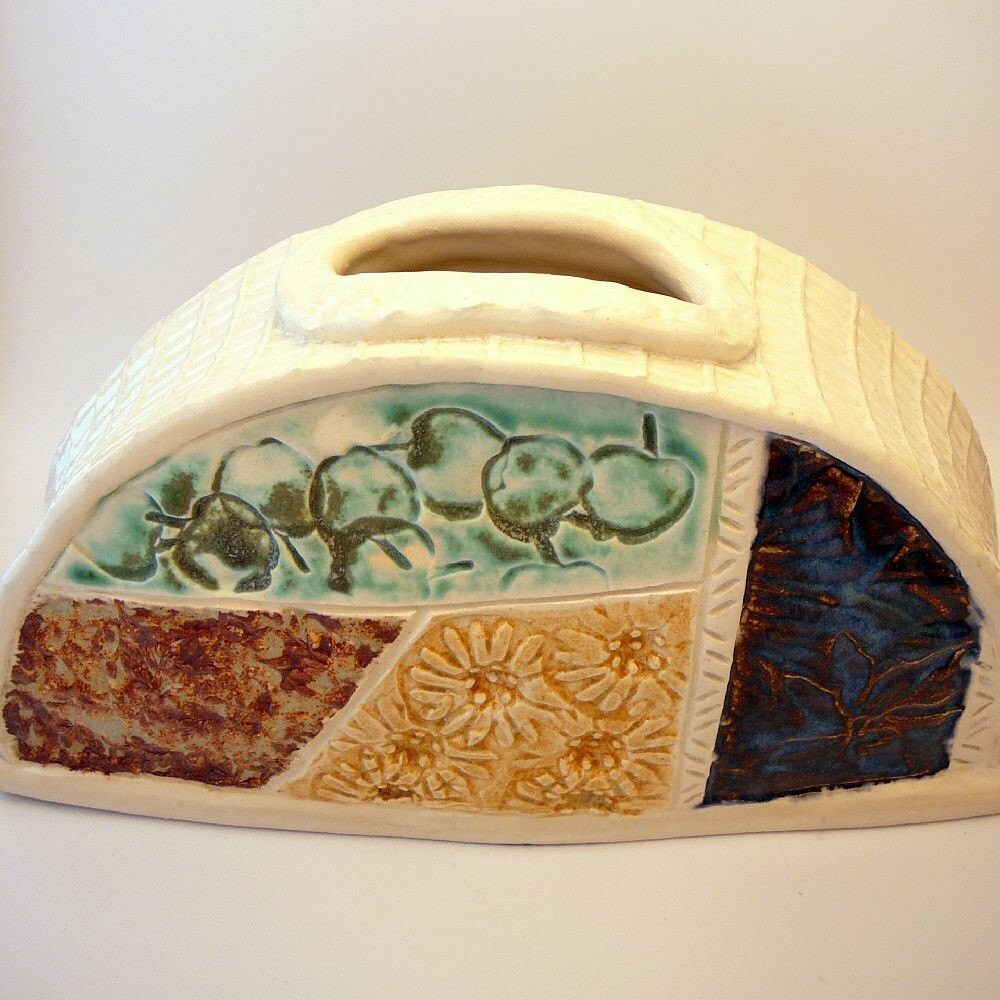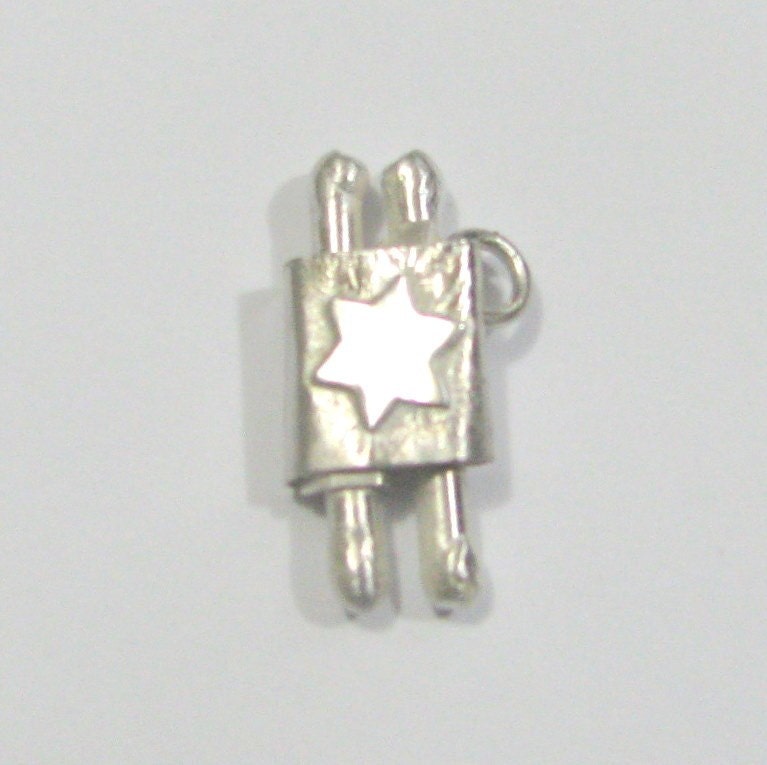Shavuot begins Tuesday evening, May 18 this year. Also known as the Festival of Weeks, it’s the second of the three major Jewish festivals with both historical and agricultural meanings (the others being Passover and Sukkot). Agriculturally, it commemorates the time when the first fruits were harvested and brought to the Temple, and is known as Hag ha-Bikkurim (the Festival of the First Fruits). Historically, it celebrates the giving of the Torah, also known as the Five Books of Moses, at Mount Sinai, or Hag Matan Torateinu (the Festival of the Giving of Our Torah).

(above: Teach Them Diligently Print Reproduction by Laura Bolter)
Traditionally, among the Holiday observances of Shavuot were two offerings: the "Two Loaves of Wheat-Bread," brought by the Kohanim (high priests), and the Bikkurim, the First Fruits, brought by the fruit farmers.
From the second day Passover to the day before Shavuot we count each of the 49 days or 7 full weeks, hence the name of the festival. The counting reminds us of the important connection between Passover and Shavuot: Passover physically freed us from bondage in Egypt. The giving of the Torah spiritually redeemed us from our bondage to idolatry and immorality.
However, it is characterized by many minhagim (customs). A mnemonic acronym for these customs is the letters of the Hebrew word acharit (אחרית, "last").
- אקדמות – Akdamot, the reading of a liturgical poem during Shavuot morning synagogue services: Akdamut (Aramaic: אקדמות) is a liturgical poem extolling the greatness of God, the Torah and Israel that is read publicly in the synagogue right before the morning reading of the Torah on the first day of Shavuot. Sephardim do not read akdamut, but before the evening service they sing a poem called Azharot which sets out the 613 Biblical commandments. The positive commandments are recited on the first day and the negative commandments on the second day.
- חלב – Chalav (milk), the consumption of dairy products such as cheese blintzes, bourekas, and cheesecake.

(above: Covered Butter Dish by CeramicsbyMarcelle)
- רות – Ruth, the reading of the Book of Ruth at morning services: The Book of Ruth (מגילת רות, Megillat Ruth) doubly corresponds to the holiday of Shavuot in its descriptions of the barley and wheat harvest seasons as well as Ruth's desire to become a member of the Jewish people, who are defined by their acceptance of the Torah. The lineage described at the end of the Book lists King David as Ruth's great-grandson. According to oral tradition, David was born and died on Shavuot.
- ירק – Yerek, the decoration of homes and synagogues with greenery and/or flowers

(above: Handbuilt Stamped Vase by agru)
- תורה – Torah, engaging in all-night Torah study: Any subject may be studied, although Talmud, Mishna and Torah typically top the list.

(above: Small Sterling Torah Charm by PhonyArt)

3 comments:
Great post! You've explained it so clearly. I learnt a little too!
Hi there, I'd love to join the EtsyChai group! I've opened my Etsy shop a few days ago and I just love this place! I create Vintage Paris inspired items (I'm actually living in Paris too!). I don't have any Jewish products yet, but I plan to make some in the future. I wonder if people love the style, I often feel like I'm the only Jewish modern orthodox romantic vintage shabby chic lover around! Well, I probably am! Please let me know when the group is going to reopen again, I'd love to chat about those things!
Love, Chani
I like it! Having grown up Reform, I associate Shavuot with the Rabbi dancing around the sanctuary with the Torah, with all the children & anyone else who wwanted to dancing along, and someone tossing candy --for the sweetness of Torah study, I assume. Loved the dancing@! Leslie
Post a Comment